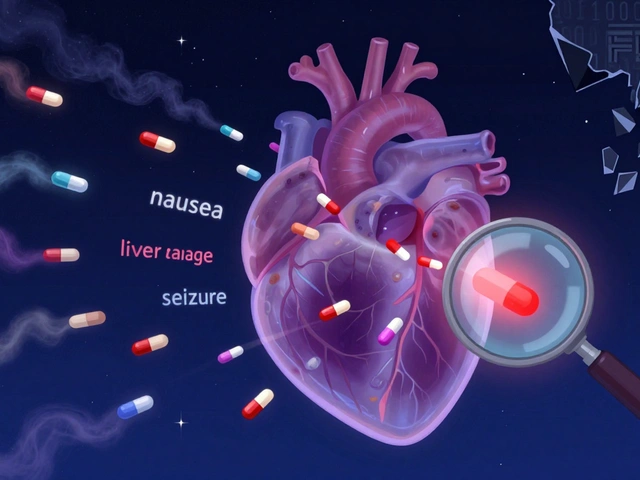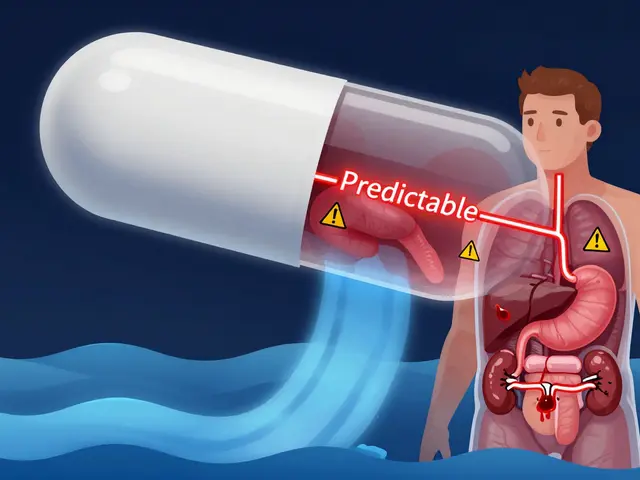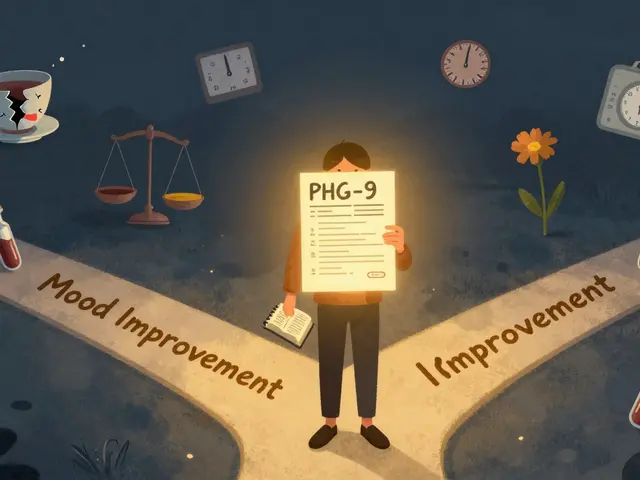Right amount: How to get medication dosing right
Ever wonder if you’re taking the right amount of a medicine? Dosing mistakes are common, but a few simple habits cut risk a lot. This guide gives practical, clear steps you can use today — from measuring liquid meds to knowing when to adjust doses for age, weight, or kidney problems.
Basic rules everyone should follow
Start with the label and your prescriber’s instructions. If the bottle says 1 tablet twice daily, don’t guess. For liquids, use a syringe or marked cup — kitchen spoons are unreliable. If a dose is described by weight (common in kids), convert carefully: many pediatric doses are mg per kg. If you don’t understand the math, call the pharmacist and ask them to show you.
Keep a consistent schedule. Some meds work best at the same times each day (blood pressure pills, antidepressants). Use an alarm, pillbox, or an app to avoid missed or doubled doses. When switching pharmacies or brands, confirm the strength and lookalike pills so you don’t accidentally take the wrong dose.
When the amount needs to change
Some people need dose changes: older adults, people with kidney or liver problems, pregnant women, and those taking interacting drugs. For example, doctors often lower doses for patients with reduced kidney function because the body clears drugs more slowly. If you start a new medication, ask whether it affects how your current drugs work. A simple call to your provider can prevent harmful increases or drops in effective levels.
Missed doses need rules by drug. For many daily meds, take the missed dose as soon as you remember unless it’s almost time for the next one. For antibiotics, follow the full prescribed course — skipping doses risks resistance. For blood thinners, insulin, or seizure medicines, check with your prescriber before making any changes.
Some medicines require tapering — don’t stop them cold turkey. Steroids, benzodiazepines, some antidepressants, and opioids may cause withdrawal or flare-ups if stopped suddenly. Your doctor will give a taper plan that gradually lowers the dose.
Watch for signs you have the wrong amount. Overdose symptoms vary: dizziness, extreme drowsiness, nausea, fast heartbeat, confusion, or breathing trouble. Underdosing can look like returning symptoms: higher blood pressure, persistent infection, or uncontrolled pain. If anything feels off, seek medical advice quickly.
Practical tools: measure liquids with the device that came with the medicine, store meds in original labeled containers, maintain an up-to-date medication list, and review it yearly with your clinician. If you order meds online, pick reputable pharmacies and double-check the dose and strength when the package arrives.
Getting the right amount is mostly about clear instructions, careful measuring, and checking with professionals when unsure. Use the tips here and reach out to your pharmacist or doctor — it’s worth a quick question to avoid a big problem later.
Lamotrigine Dosage: Finding the Right Amount for You
In my recent blog post, I explored the topic of finding the right Lamotrigine dosage for your individual needs. Lamotrigine is an anticonvulsant medication used for treating epilepsy and bipolar disorder, but finding the correct dosage can be a bit tricky. I discussed the importance of working closely with your healthcare provider, as they will consider factors such as your age, weight, and medical history to determine the best dosage for you. It's essential to follow their guidance and monitor any side effects, as adjustments may be necessary. Remember, finding the right Lamotrigine dosage is crucial in managing your symptoms effectively and maintaining your overall health.






